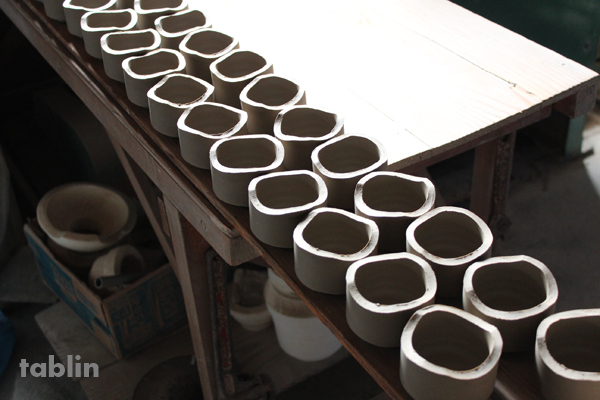 Mino ware produced mainly in the southeastern part of Gifu Prefecture account for about half of all tableware made in Japan.
Mino ware produced mainly in the southeastern part of Gifu Prefecture account for about half of all tableware made in Japan.
Tablinstore also offers plenty of Mino ware.
I recently visited the Mino area for two days to tour pottery kilns and to look for new merchandise, some of which I would like to share with you.
Using plaster molds to shape pieces at the Shuzan kiln
At this kiln, aside from forming pottery pieces by hand (clay is kneaded and formed by hand), pottery-making that utilizes plaster molds are also conducted.
At the Shuzan kiln, production is not automated by using machinery. Each piece is shaped using a plaster mold, after which a spatula is used for further shaping.
This is a video showing how a sake cup is formed.
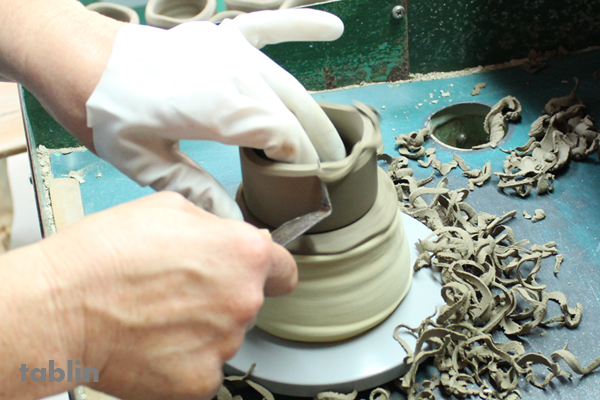 Just like hand-thrown pottery made at a pottery wheel, each piece is time-consuming to make but by using a plaster mold to shape the base form, there is the advantage of being able to create pieces of almost the same size and shape.
Just like hand-thrown pottery made at a pottery wheel, each piece is time-consuming to make but by using a plaster mold to shape the base form, there is the advantage of being able to create pieces of almost the same size and shape.
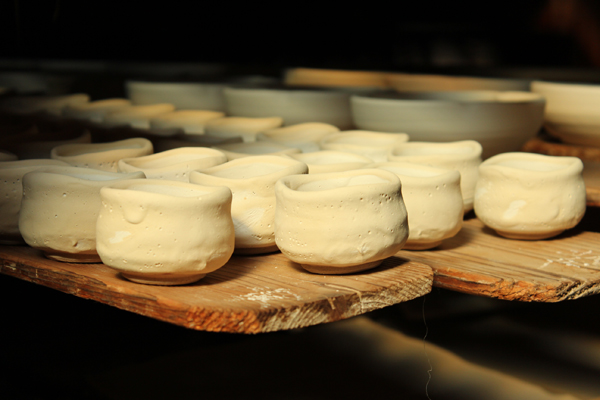 Vessels called “shino” have fine, bubble-like holes on their surface.This pattern is naturally created by the reaction of the clay to the glaze.Apparently, subtle changes in color and shape can be made by adjusting the temperature during firing.
Vessels called “shino” have fine, bubble-like holes on their surface.This pattern is naturally created by the reaction of the clay to the glaze.Apparently, subtle changes in color and shape can be made by adjusting the temperature during firing.
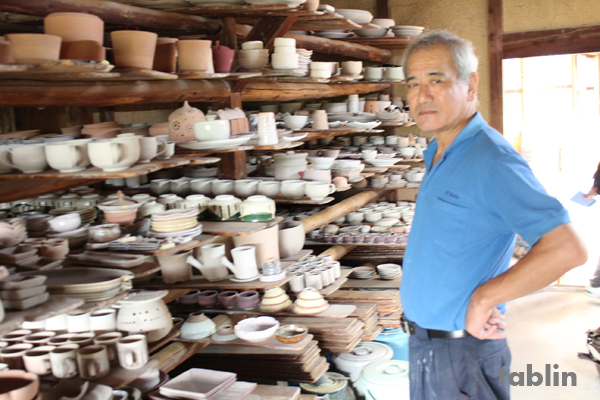 Mr. Kato, a traditional craftsman of the Shuzan kiln
Mr. Kato, a traditional craftsman of the Shuzan kiln
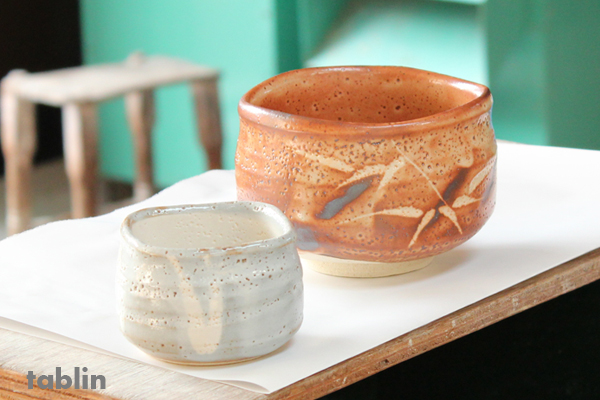
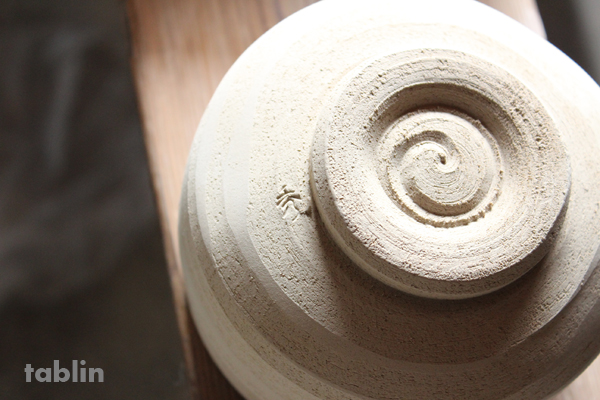 While preserving Oribe, Shino and other styles representative of traditional Mino ware, he produces various kinds of earthenware.
While preserving Oribe, Shino and other styles representative of traditional Mino ware, he produces various kinds of earthenware.
Traditional Mino ware from the Shuzan kiln – Pottery-making utilizing plaster molds
– 2014/09/25Posted in: 陶器 うつわ, traditional craft